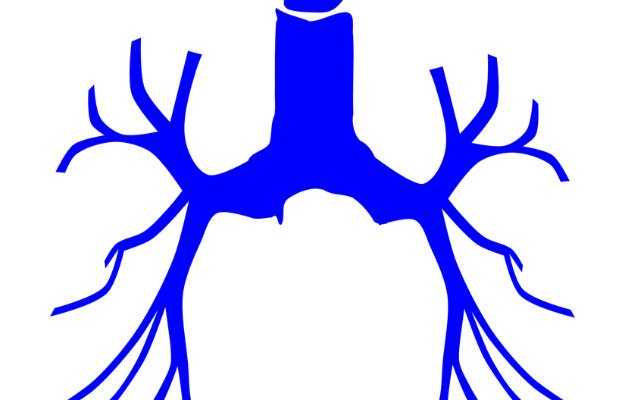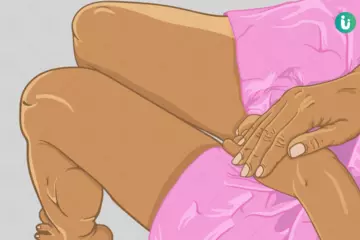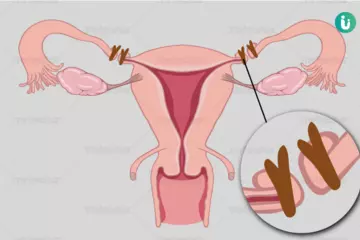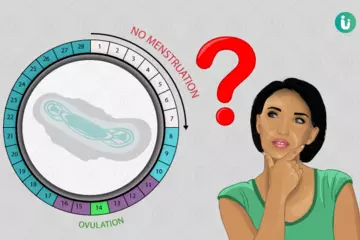What are esophageal atresia and tracheoesophageal fistula?
These are conditions of the oesophagus, a continuous tube that connects the mouth and the stomach. Esophageal atresia (EA) is a birth defect in which the development of the oesophageal tube is interrupted, and the oesophagus gets divided into two parts. Most often, there is an upper tube connected to the mouth and a lower tube connected to the oesophagus. These separated tubes are sealed at the ends where their connection is broken with some distance between the two, causing symptoms such as the saliva getting accumulated in the upper oesophageal tube, which is sealed at its lower end.
Tracheoesophageal fistula (TF) is often present with EA in the newborns. TF is a defect of abnormal connection of the oesophagus to the windpipe (trachea). The trachea is commonly connected with the lower part of the oesophagus, but the connection may be seen with the upper part or both parts of the oesophagus. TF may also be present without the occurrence of EA.
What are its main signs and symptoms?
Although the symptoms vary from one newborn to another, the commonly seen signs of EA and TF are:
- Coughing and choking if feeding is attempted
- Skin turns blue due to cyanosis if feeding is attempted
- Uncontrolled dropping of saliva from the mouth
- Inability to gain weight
- Vomiting
- An unusually round abdomen
What are the main causes?
The exact cause of these conditions is unknown, but experts suggest that the following birth defects are generally associated with EA and TF:
- Heart defects such as a ventricular septal defect
- Conditions of the urinary system such as polycystic kidneys
- Trisomy 13, 18 or 21
- Musculoskeletal abnormalities
How is it diagnosed and treated?
Chest and abdominal X-rays are the commonly used method for the correct diagnosis of both these defects.
The treatment for both the birth defects is surgery. The child may have oesophageal problems in the future, e.g., scar tissue, for which a second surgery is needed as the child grows. Other related issues that may be encountered by the child can be managed with medications prescribed by the doctor.
















